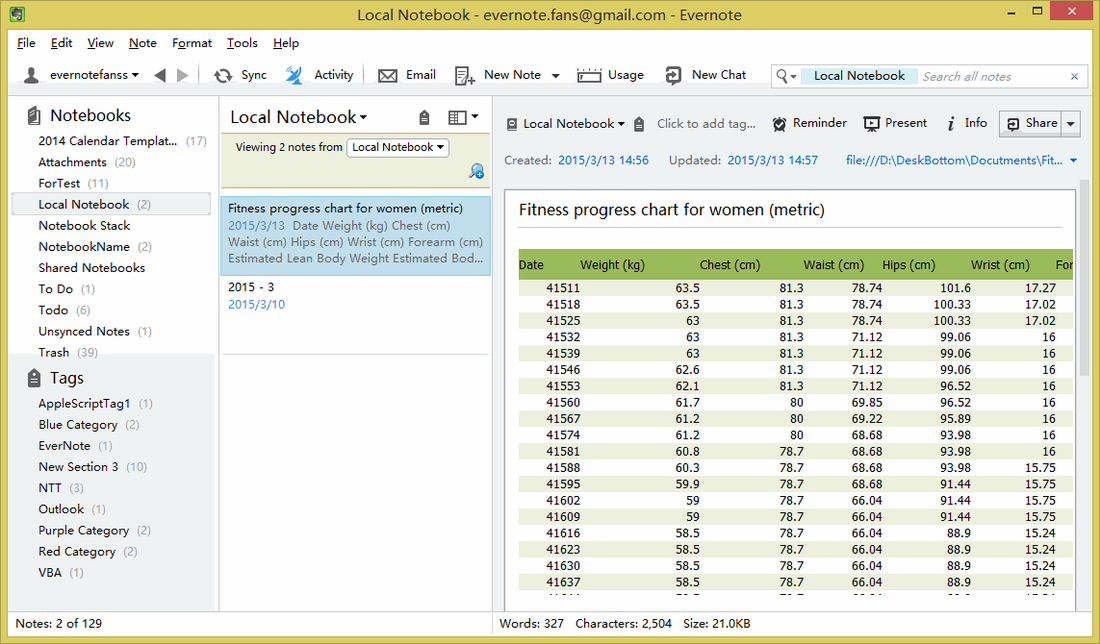
Notes = (thToken, filter, 0, 250, resultSpec)

We code the method getNoteByTitle of our class EvernoteStore(). Hence we first have to find the guid of the note (there is no function like getNoteByTitle). This function uses the guid (the unique identifier of a note). In the NoteStore module there is a function getNote. We store a subset of the tag data in the instance variable noteBookTags. It returns a list with this data structure. It calls the function listTagsByNotebook of the module NoteStore. GetNoteBookTags: This is a method of our class EvernoteStore(). all tags of a notebook: def getNoteBookTags(self): This method calls setNoteBookGuid() which sets the instance variable noteBookGuid. In the code above we set the notebook by name with setNotebook().


We need the guid of a notebook if we want to restrict our work (e.g. One list with all notebook name and a corresponding list with all guid (the unique identifier). In Part 1 of the tutorial we used the method getNoteBooksList to retrieve a dict with 2 lists of all notebooks.


 0 kommentar(er)
0 kommentar(er)
